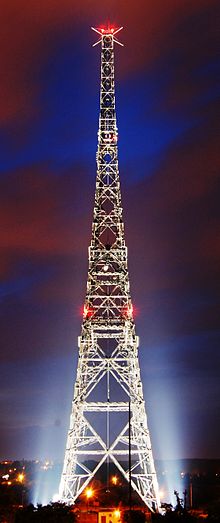Was 1939 Attack on Gleiwitz Radio Tower the Opening of WW2?
 Belligerent countries don’t always like the public relations problems that come with naked aggression, so they’ll contrive an incident and stage a false attack by an adversary.
Belligerent countries don’t always like the public relations problems that come with naked aggression, so they’ll contrive an incident and stage a false attack by an adversary.
In the Ukraine these days, it’s not always clear (despite press declarations) whether soldiers in uniform are eastern or western Ukrainians–or Russians.
In short, wars often need pretexts, as John Steinbeck has demonstrated. Both sides immediately choose the propaganda story that their people will support.
We remember Swedes in the Russo-Swedish War of 1788 donning Russian uniforms to attack one of their own frontier outposts. The Japanese in 1931 invaded Manchuria after supposedly blowing up a section of railway, blaming it on the Chinese. Six years later, a staged kidnapping of a Japanese soldier triggered the invasion of China by Japan.
World War II was essentially begun on August 31, 1939, when Polish soldiers were suspected of being responsible for over 21 armed border skirmishes against the Germans. The most famous today was the attack on the German radio station in Gleiwitz, Silesia, whose broadcasting tower (photo) was the tallest wooden structure in all of Europe. German soldier Alfred Naujocks, dressed as a Polish commando, is said to have carried out and led the operation.
Hitler gave orders to invade Poland the next day, though he only alluded to “mistreatment” of Germans along the border as his rationale. Focus on the Gleiwitz incident and the role of Naujocks didn’t come out until the Nurenberg trials after the war, when Naujocks himself became the only witness to what happened. The tower still stands today.
 Belligerent countries don’t always like the public relations problems that come with naked aggression, so they’ll contrive an incident and stage a false attack by an adversary.
Belligerent countries don’t always like the public relations problems that come with naked aggression, so they’ll contrive an incident and stage a false attack by an adversary.